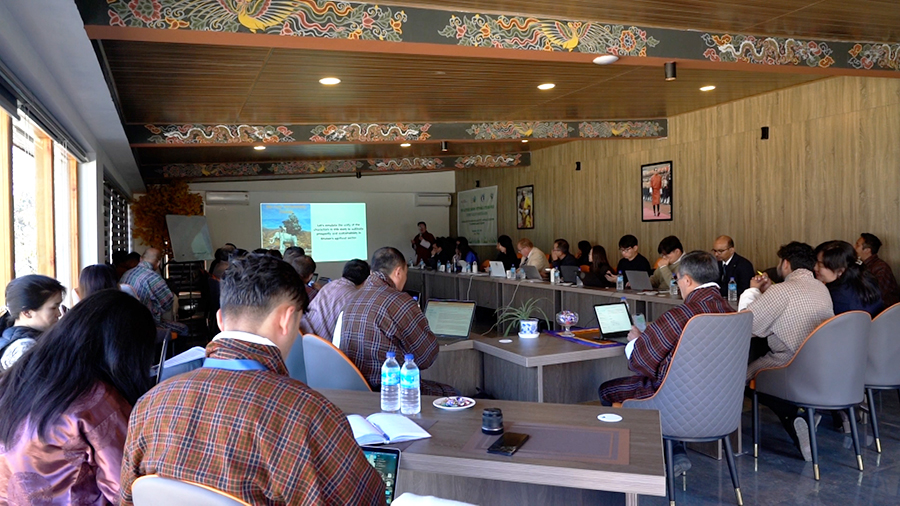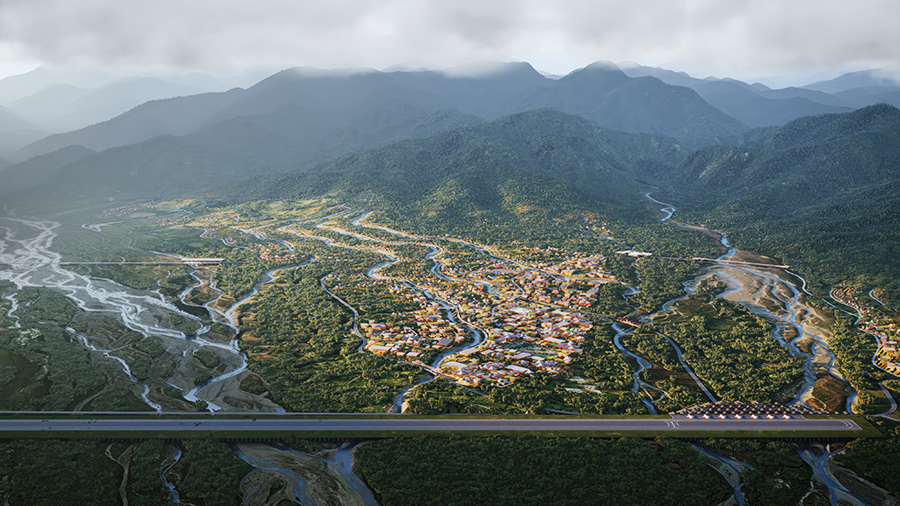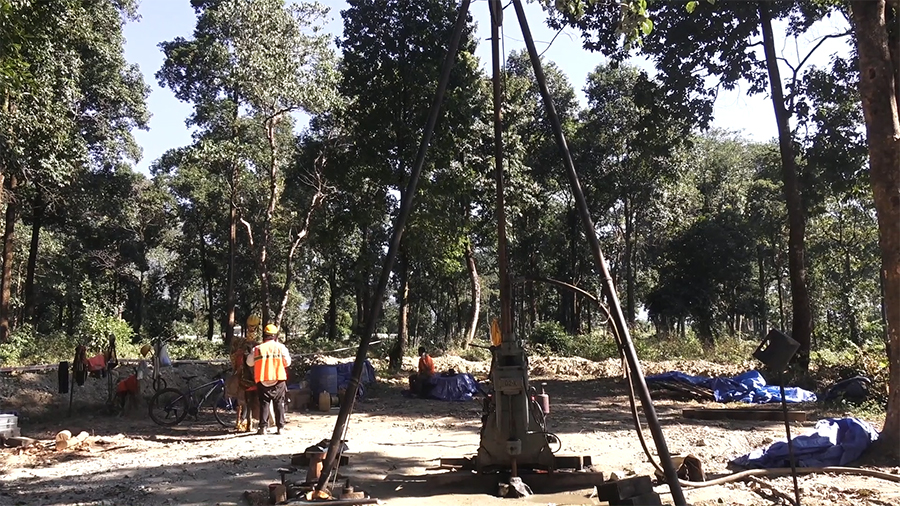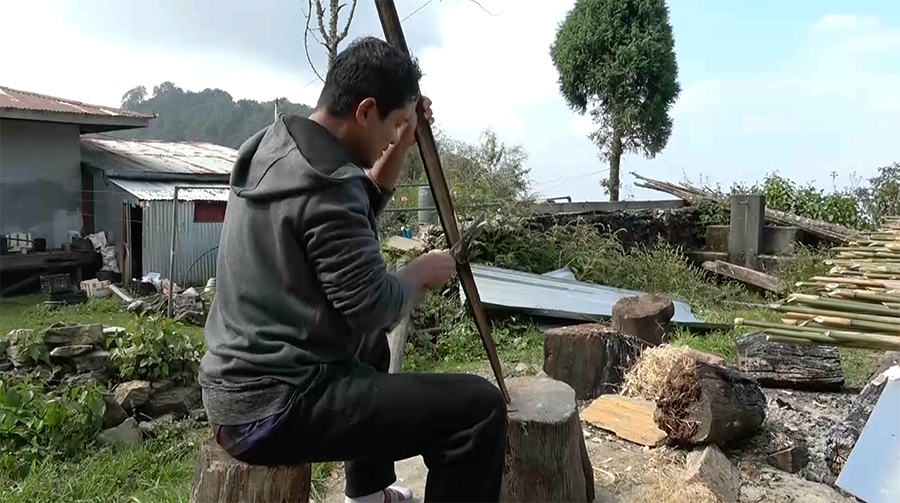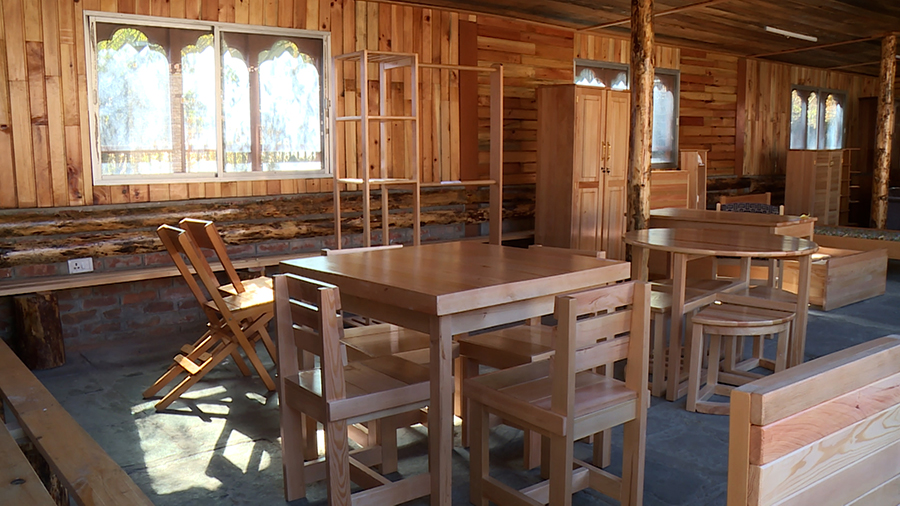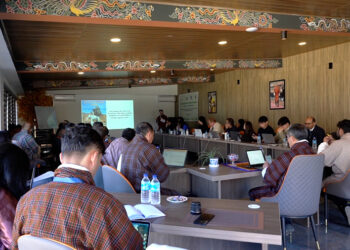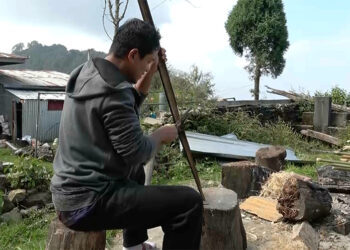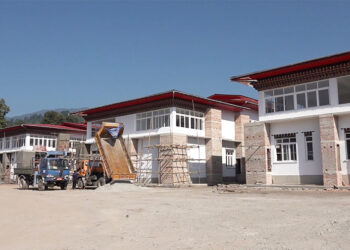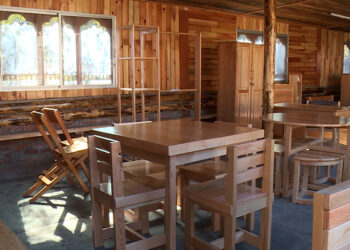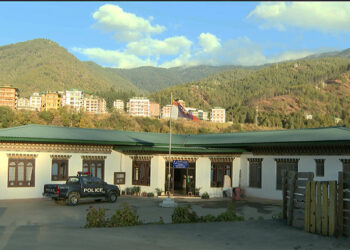Recent Stories
Turning passion into profit: Pema Gatshel man crafts future for traditional archery
In Pema Gatshel’s Shumar Gewog, the sound of bamboo being carved into bows and arrows echoes a story of tradition...
NRDCL shifts to locally sourced timber, making furniture more affordable
Producing furniture using locally sourced wood has not only helped the Wood Craft Centre stop rubberwood import but also made...
Bhutan to build landmark international airport in Gelephu by 2029
During the 117th National Day celebrations at Changlimithang, His Majesty The King announced that Bhutan's priority for the next five...
New landfill to address mounting waste issue in Sakteng
Sakteng in Trashigang, which once boasted of rich, untouched wilderness, is now facing an increasing concern about waste management. The...
WASH FIT Programme sees success, local leaders urge more inclusive facilities
Sanitation and hygiene in healthcare centres have seen significant improvements nationwide in recent years according to local leaders and health...
Public construction quality still lags – RAA Annual Report
The Royal Audit Authority's latest annual report reveals persistent quality issues in public construction, with 139 cases of poor work...
Politics
RCSC defends PME category, proposes targeted support for civil servants
The Royal Civil Service Commission (RCSC) indicated that it is exploring alternative support measures for civil servants classified under the...
Popular
-
Thimphu Police investigate death of man in suspected burglary
-
Six individuals sentenced to upto nine years in sexual abuse cases of minors
-
Elon Musk’s Starlink satellite internet service reaches Bhutan
-
Four + one model to raise funds for Gelephu Mindfulness City
-
Bitdeer’s 500MW Jigmeling facility to be operational mid-to-late 2025
Recent News
Two girls defy disabilities to attend National Day celebration
The National Day celebration on 17th December is one of the much-anticipated events for Bhutanese. Hundreds of people flock to the event venue every year to be part of the celebrations, catch a glimpse of their King and listen to the royal address. This year, the day at the Changlimithang stadium was extra special for two girls from Dagana and...
National Day Concert lights up Changlimithang with music and royal presence
As the sun set, the air in the capital continued with the excitement of the National Day Celebration yesterday. Thousands of people from all walks of life, young and old, gathered at the Changlimithang Stadium, drawn by the rhythm of music and the promise of an unforgettable concert night. Their Majesties, Their Royal Highnesses and members of the Royal Family...
Four + one model to raise funds for Gelephu Mindfulness City
The Gelephu Mindfulness City must prioritise financially viable and bankable projects to secure investments. According to its Board Director, Yee Ean Pang, mobilising funds is crucial to realising the vision of Gelephu as a business hub. Speaking at a recent forum in the capital, the board director said that the city would adopt a “four-plus-one” funding model to attract investments....
Over 1,000 rare seed samples collected for conservation at Biodiversity Fair
More than a thousand seed samples were collected and taken to the National Biodiversity Centre or NBC as a part of the 10th Biodiversity Fair held in Tsirang yesterday. The seeds are considered unique and rare in the country. They will now be conserved in the centre’s gene bank in Thimphu for sustainable use. At the fair, farmers from ten...
Recent News
- Over 45 students join AFC Social responsibility Programme in Thimphu
- Paro hosts conference on climate solutions for Himalayas
- Four + one model to raise funds for Gelephu Mindfulness City
- Geotechnical survey underway for Gelephu International Airport
- Turning passion into profit: Pema Gatshel man crafts future for traditional archery
News Category
- Accidents
- Agriculture
- Announcement
- Business
- Crime/Legal
- Culture
- Development
- Disaster
- Economy
- Education
- Entertainment
- Environment
- Featured
- Festival
- GMC
- Headlines
- Health
- Legal
- Literature
- Livestock
- Media
- Other Stories
- Politics
- Recent stories
- Religion
- Sci/Tech
- Social
- Sports
- Technology
- Tourism
- Uncategorized
- Video
- Video Story
- Wildlife
© 2024 BBSCL. All rights reserved.


